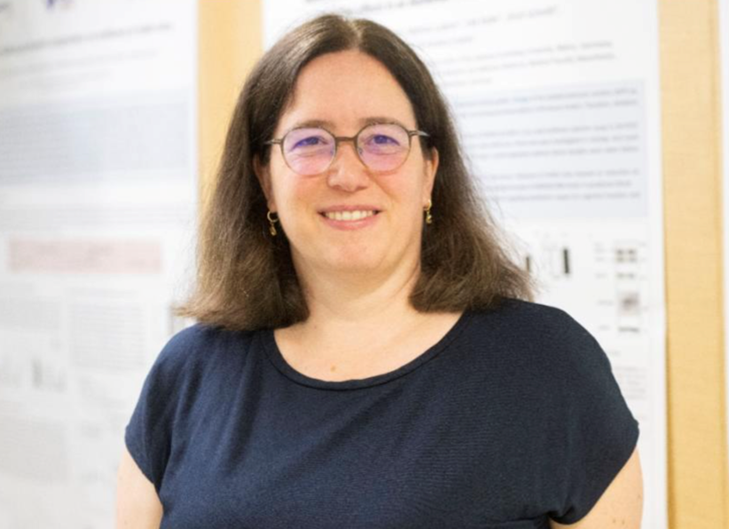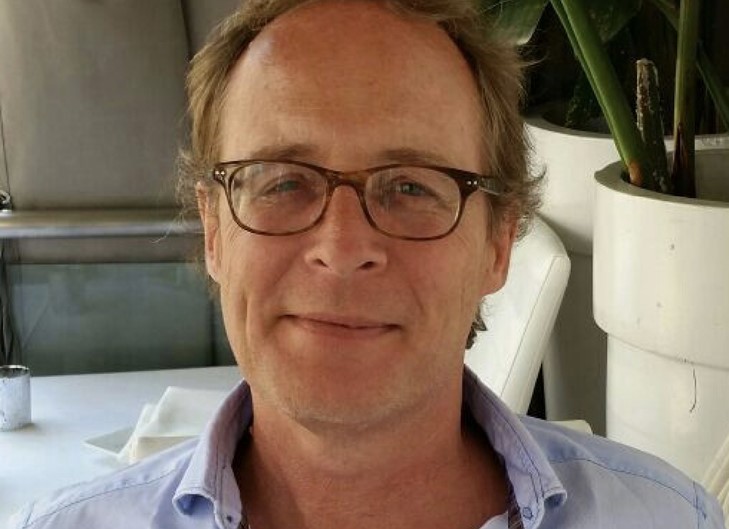MUNASET


Multiparametric nanoelectronic biosensors for therapy response testing
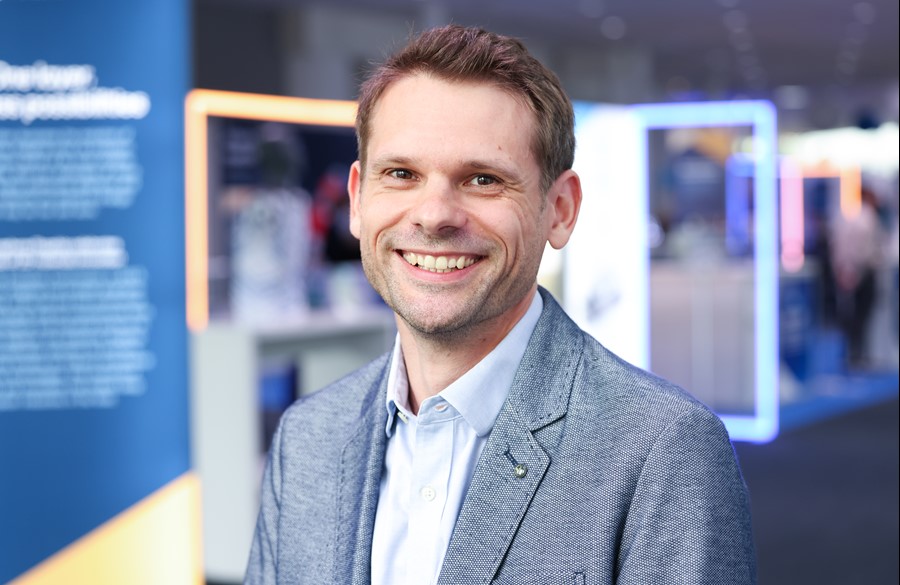
Alexey Tarasov
Project Coordinator
Kaiserslautern University of Applied Sciences
The aim of the MUNASET project is to develop graphene-based devices to help doctors monitor the therapy of patients with depression and other psychiatric disorders. The envisioned test is fast, easy-to-use, only requires blood samples and can be used at the point of care to develop personalised therapies. It can greatly improve the treatment outcomes for psychiatric diseases.”
Project Coordinator
MUNASET is developing a rapid, highly sensitive graphene-based biosensor platform to address therapy response prediction and allow faster and more precise treatment identification, with the goal to improve therapy outcomes and reduce hospitalisation time. MUNASET aims to help secure Europe’s industrial leadership over the entire value chain of novel graphene-based bio-analytical tools.
Our goal is a next-generation biosensor platform technology that combines several existing technologies into a unique biosensor device that can potentially revolutionise the way that biochemical reactions and physiological interactions are studied. If successful, we expect that the resulting platform technology will significantly advance biomedical research and permit the development of novel point-of-care diagnostic and drug screening tools that can provide a competitive advantage for the healthcare and wellbeing sector in the European Union.
By using 2D graphene, we plan to demonstrate the following advantages compared to conventional tools:
- Improved biosensing performance; including low detection limits, low drift, high chemical stability and biocompatibility to allow sensitive and selective biomarker detection in real time.
- Versatile surface chemistry via pi stacking of linker molecules on graphene to attach capture peptides for different analytes and detection principles on the same device.
- Novel sensing mechanism based on specific charge removal by proteases to ensure clear signals and high reproducibility.
- Integrated CMOS readout to enable robust multi-analyte measurements with built-in calibration, averaging and measurement readout.
Highlights from 2024
The MUNASET project focuses on the development of a graphene-based biosensor platform for real-time, label-free detection of protease activity of MMP-9 utilising custom-made peptides designed for high sensitivity and selectivity. The system is supposed to be capable of detecting protease activity at low nanomolar concentrations and offers potential applications in both diagnostics and therapeutic monitoring. The cleavage of the custom peptides by the target proteases causes a change in the graphene layer that can be measured as an electrical signal. Below our technology highlights:
- Graphene-Based Sensing Platform:
- The core of the biosensor is a graphene layer, which provides exceptional conductivity, sensitivity and biocompatibility.
- This platform translates protease activity into measurable electronic signals, enabling precise real-time monitoring.
- The devices are currently provided by Graphenea and are measured in a custom-made measurement chamber.
- At a later stage of the project, graphene devices integrated on CMOS chips will be provided by VTT.
- Custom Peptides:
- Peptides are synthesised by JGU Mainz.
- MMP-9 specific peptides are immobilised on the graphene surface.
- Protease cleavage of these peptides results in a detectable signal change, offering high specificity and selectivity.
- Label-Free Detection:
- By eliminating the need for complex labelling steps, the platform simplifies the detection process, making it efficient and cost-effective while maintaining high performance.
- Detection in complex media:
- Proteases are detected in patient samples, e.g. blood or serum.
FROM OUR EXPERTS
"This workshop provides the groundwork for developing synergies between similar activities, driving innovation and accelerating progress towards application of 2D materials in biomedical and other applications” (on Graphene Week workshop collaboration).
Dr. Aristeidis Bakandritsos, Group Leader, Czech Advanced Technology and Research Institute (CATRIN) at Palacký University, coordinator of the 2D-BioPAD project and co-chair of the Graphene Week 2024
Latest news

MUNASET Publication: Emergence of graphene-based biosensors for depression treatment
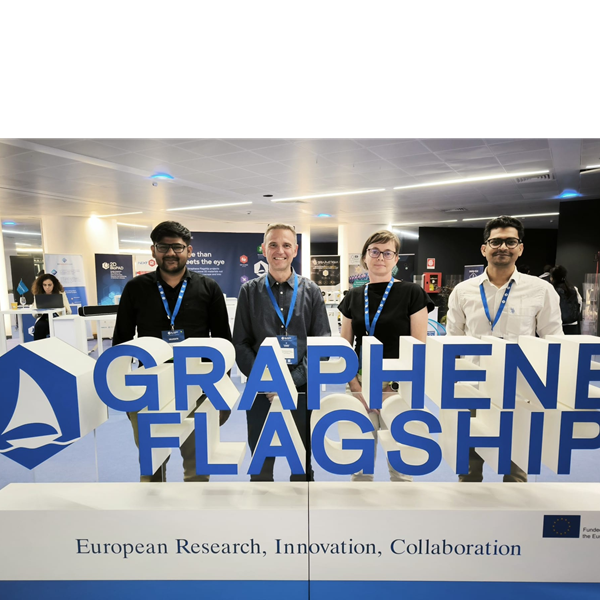
2D-BioPAD and MUNASET at Graphene Week 2025: Showcasing Graphene-Based Biomedical Innovation
2D-BioPAD and MUNASET at Graphene Week 2025: Showcasing Graphene-Based Biomedical Innovation
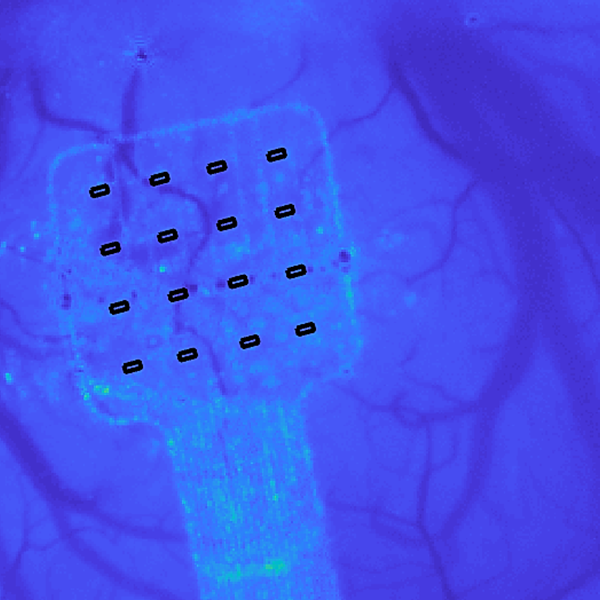
MUNASET publishes a perspective piece on graphene-based biosensors and their use in the prediction of depression
Emergence of graphene-based biosensors for improved treatment response prediction in major depressive disorder: a perspective.




